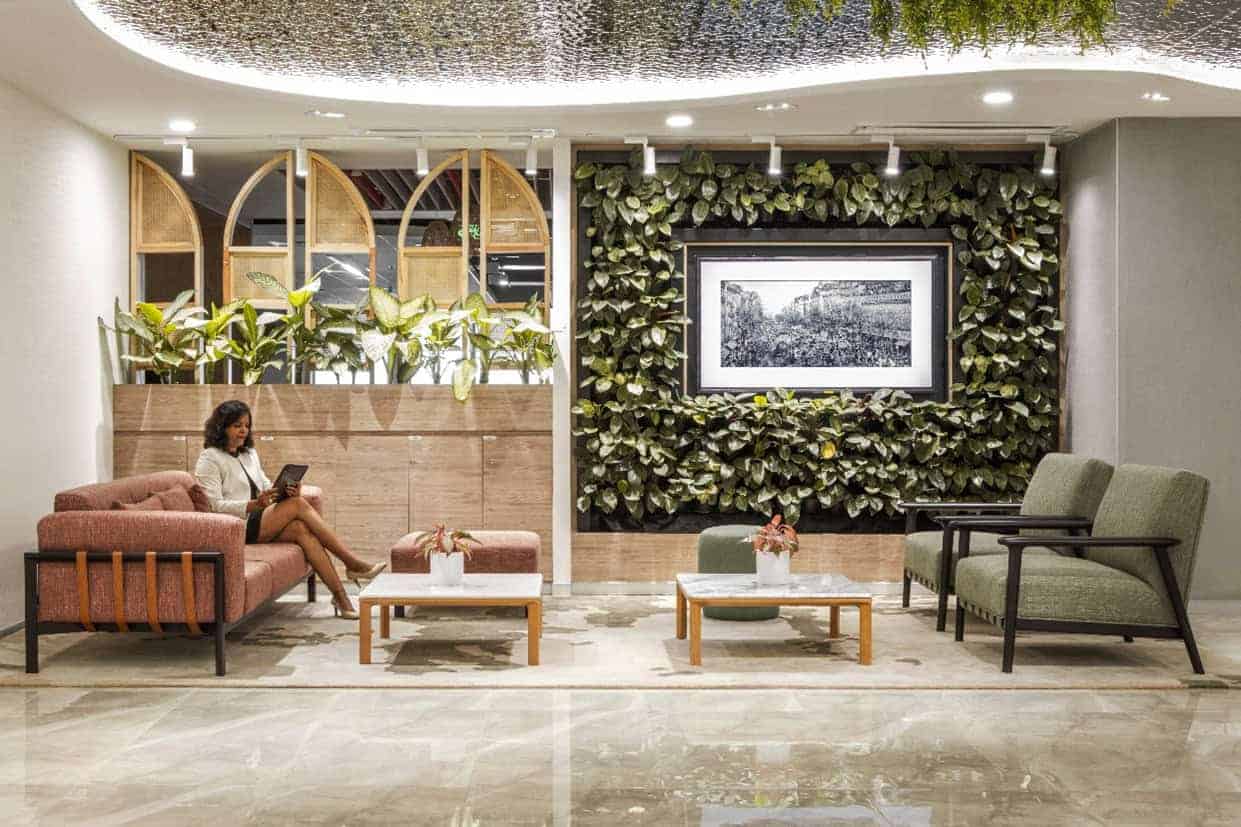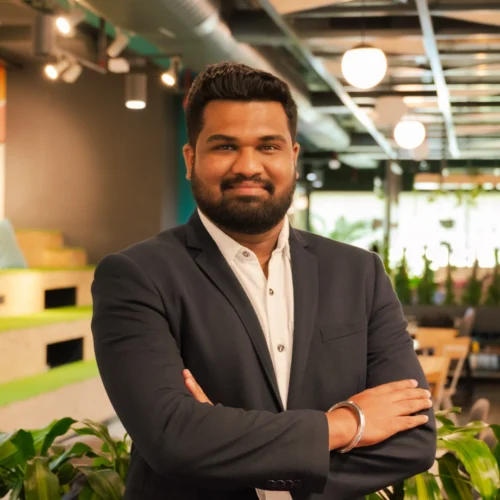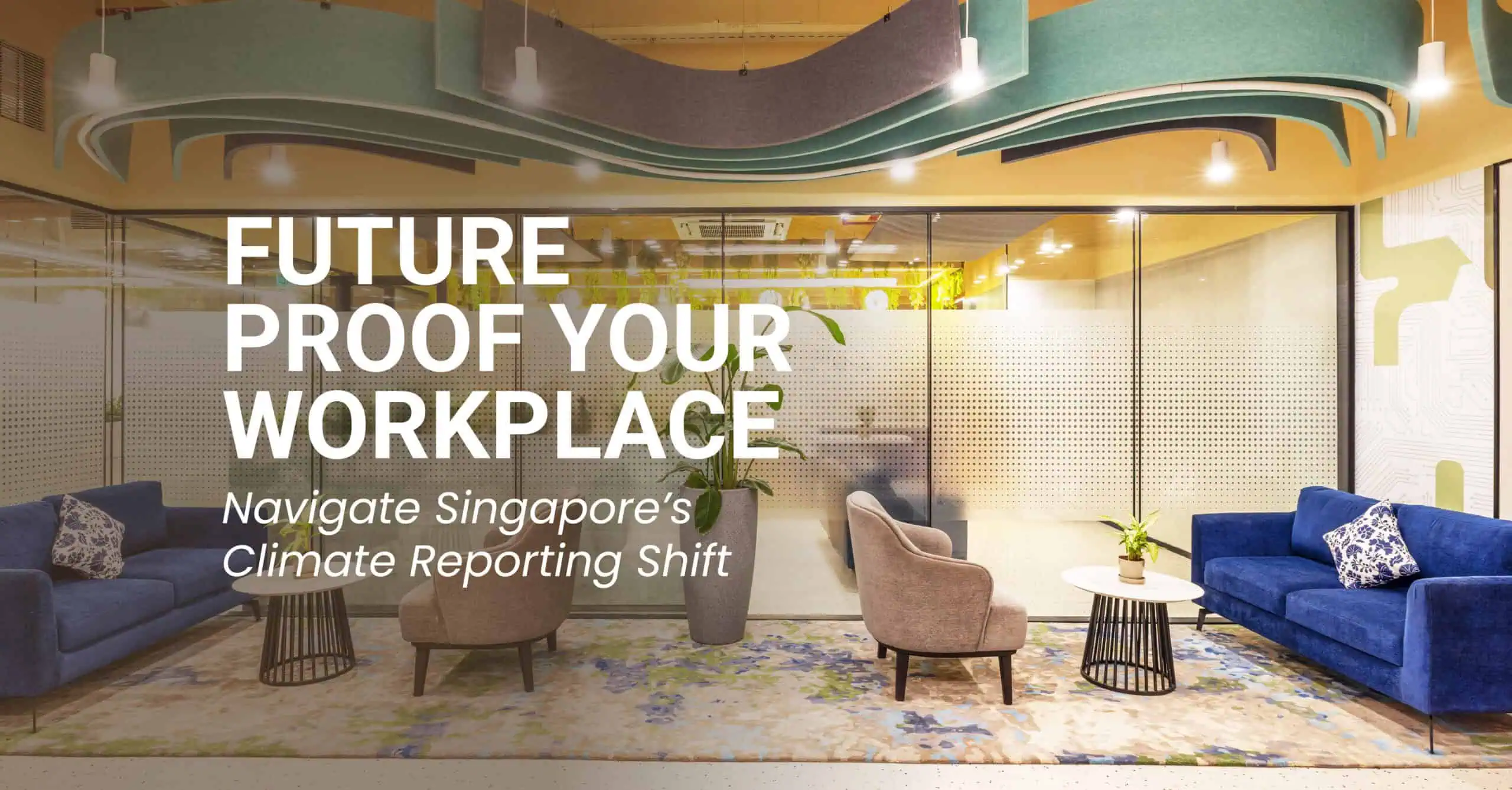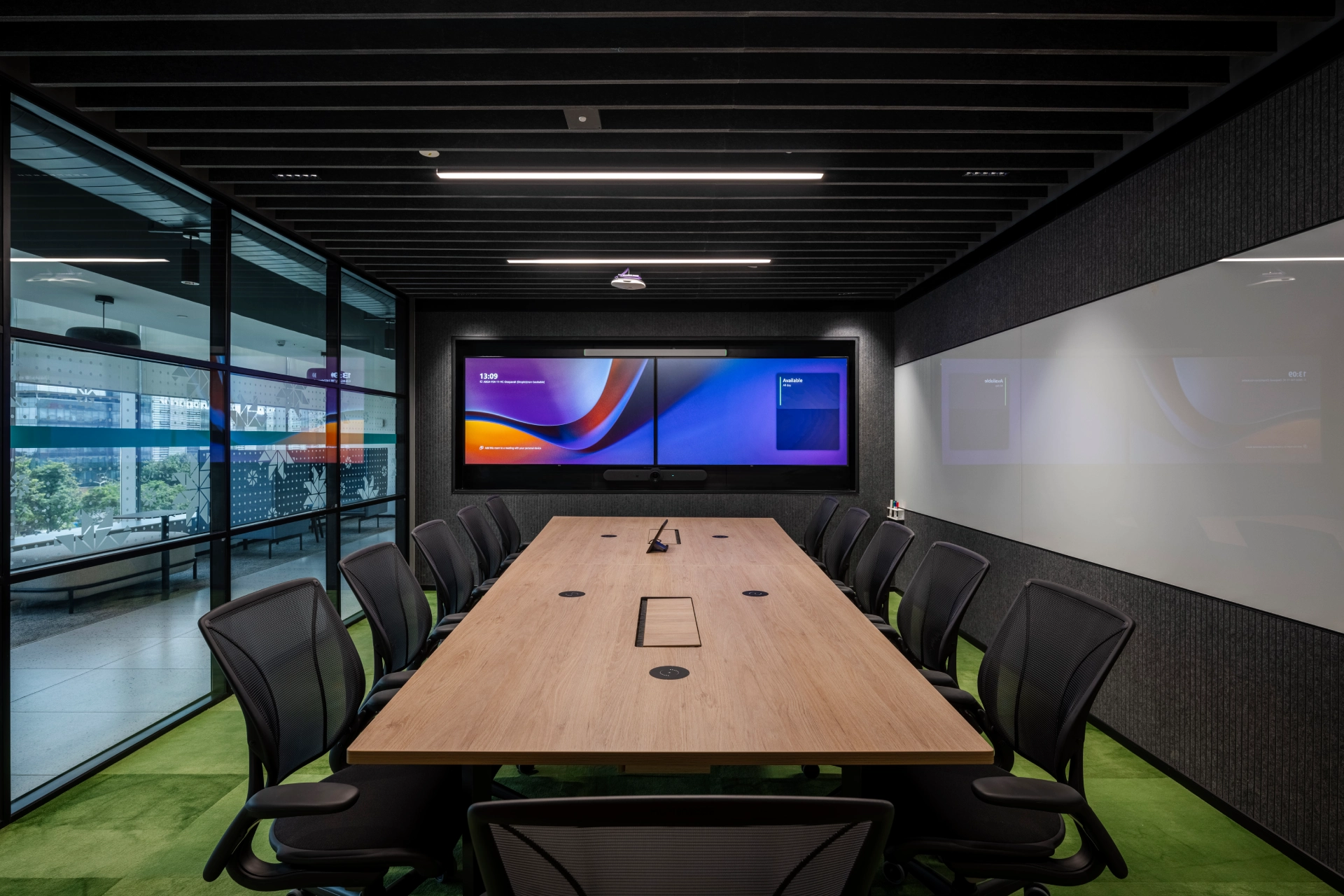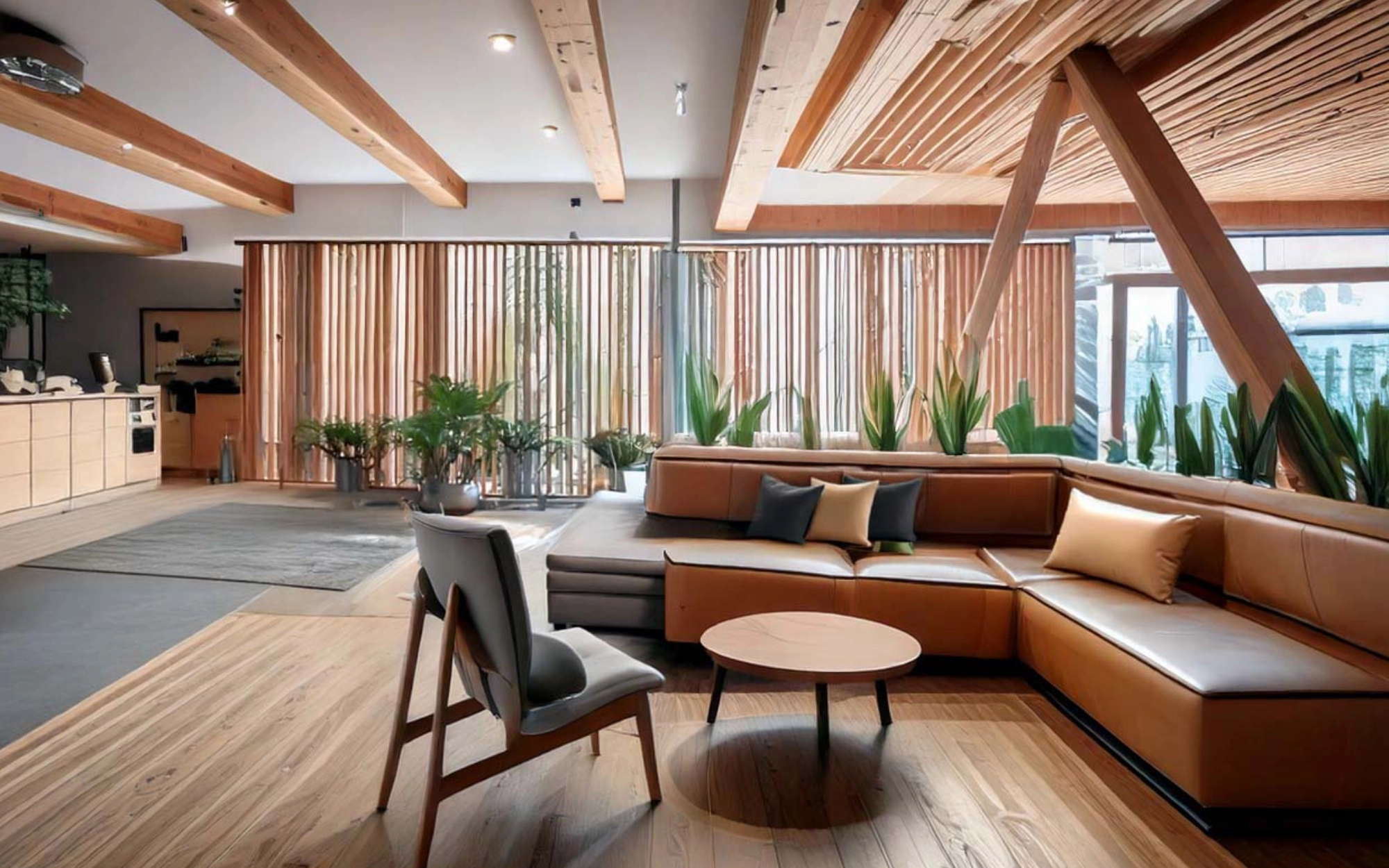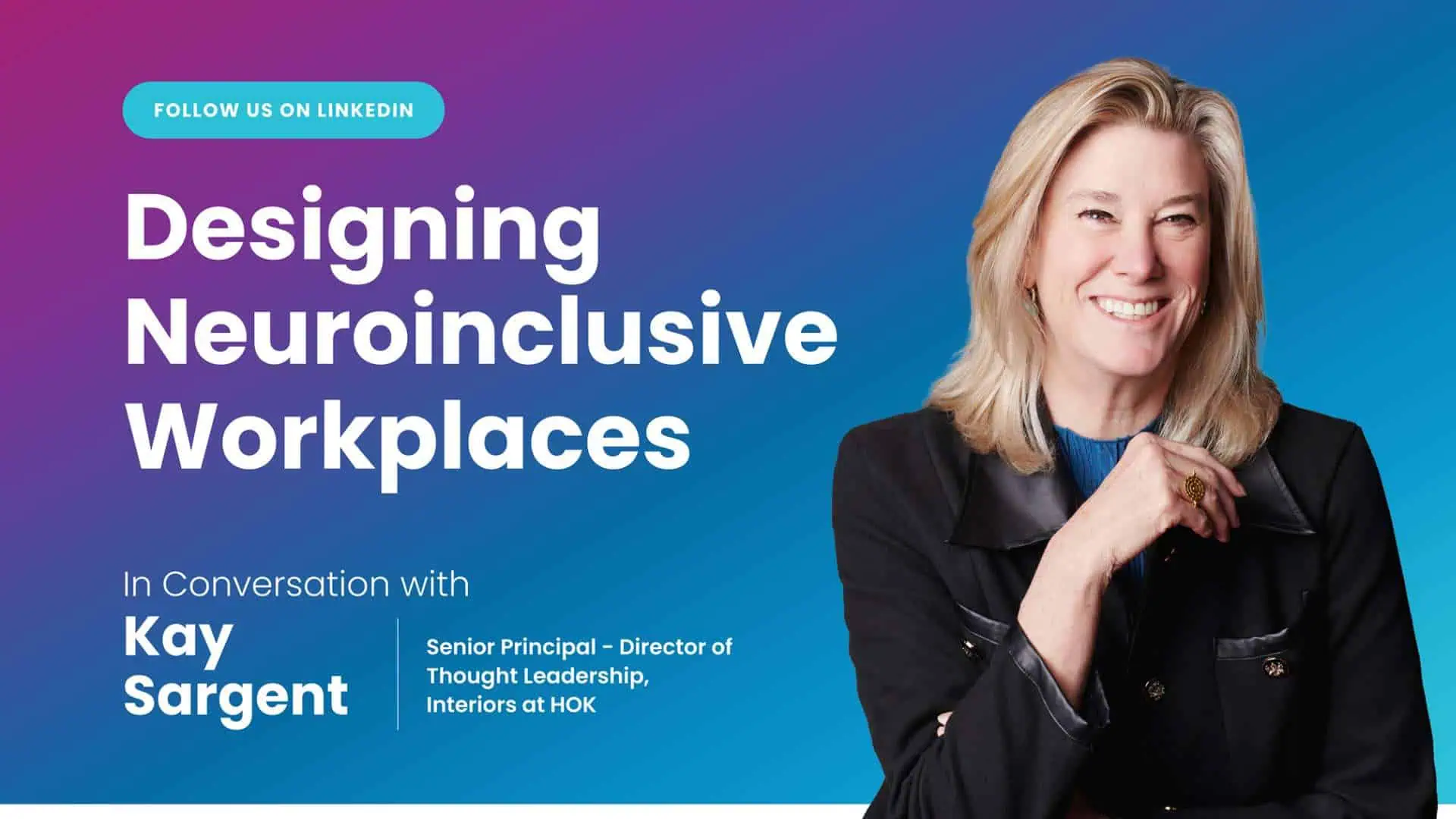Singapore’s commercial interior design landscape is undergoing a rapid transformation, driven by a confluence of factors. The growing influence of design on business success, shifting employee expectations, and associated work styles, and the evolving real estate landscape in Singapore are all contributing to this dynamic shift. Companies are increasingly looking to maximize their spatial investments by creating flexible, multi-functional workspaces that cater to both in-office and remote employees.
Moreover, the rise of the gig economy, remote work, and flexible work arrangements has also led to a demand for more adaptable and collaborative workspaces. Additionally, the emergence of new industries, such as technology and biotechnology, has created a need for specialized work environments that support research, innovation, and creativity.
In response to these trends, several influential design styles have emerged, shaping workplace design in Singapore. These styles not only enhance aesthetics but also contribute to a more productive, engaging, and sustainable work environment.
04 Influential Design Styles in Singapore
1. Branded Experiences
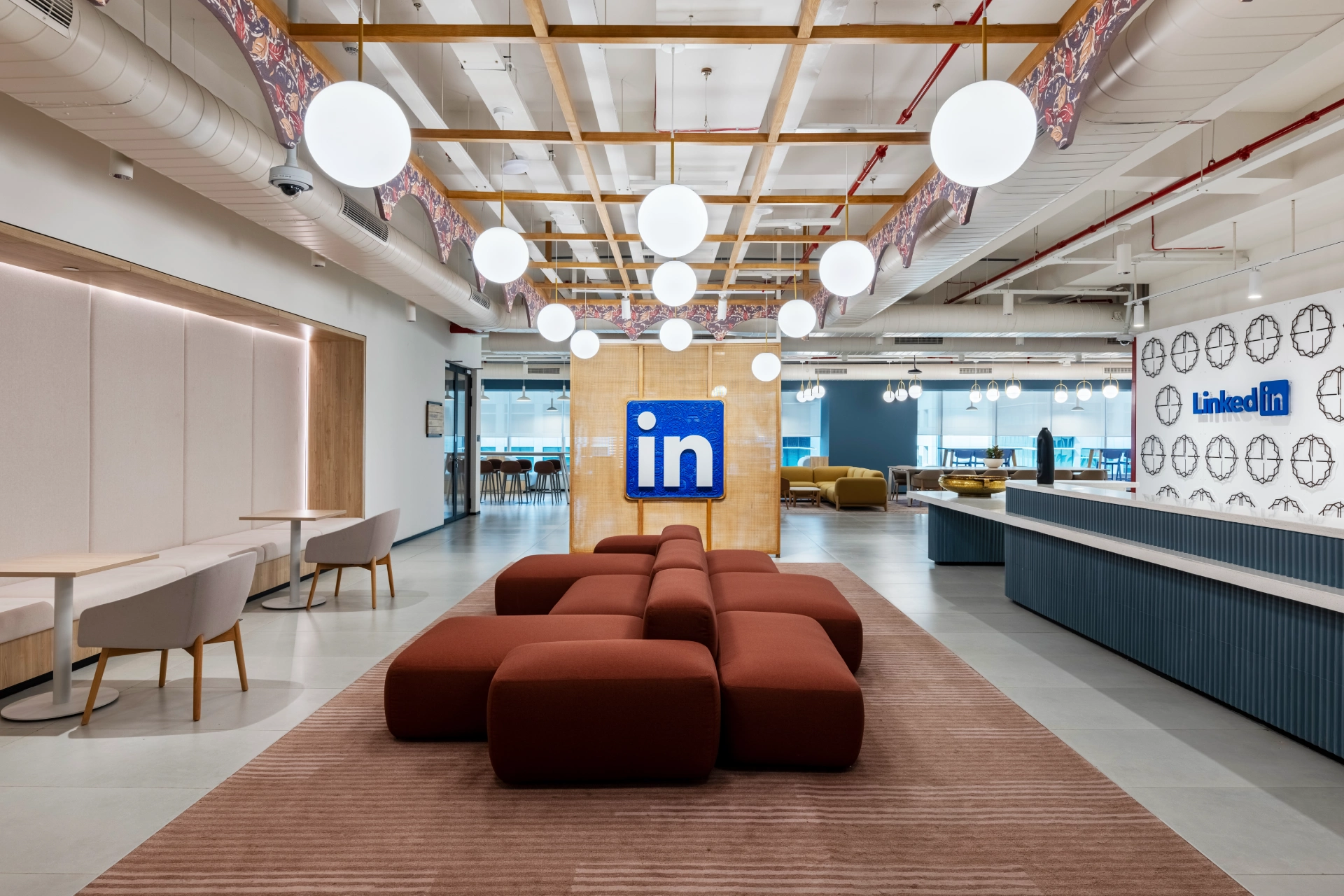
Helping employees build a meaningful connection to their brand vision and mission has become increasingly crucial for organizations. A branded experience style thus, helps create a cohesive and immersive workplace that reflects a company’s brand identity and values, fostering employee engagement and alignment with the company’s mission.
Key factors: Consistent branding elements, storytelling, and immersive experiences.
Design Elements: Incorporating brand elements into office design can include custom signage, branded furniture, wallpapers, and company-specific artwork, all designed to reflect the company’s logo, colors, typography, and overall style. A consistent color palette ties these elements together, reinforcing the brand’s identity throughout the space.
Impact: Boosts employee engagement, pride, and alignment with the company’s mission.
Use Cases and Industry Compatibility:
- Technology and Creative Agencies
- Finance & Law Firms
Companies like Google and Facebook use branded experiences to reflect their innovative culture and dynamic work environment. The design elements such as vibrant color palettes, thematic meeting rooms, and creative installations promote a strong sense of belonging and creativity among employees.
For more traditional industries like finance, a branded experience may focus on sophistication, using elegant designs that reflect trustworthiness and professionalism.
2. Sensory Stimulation

Sensory stimulation in workplace interior design enhances the office environment through sensory experiences, such as sight, sound, touch, smell, and taste, to improve mood, concentration, and overall well-being.
Key factors: Natural light, acoustics, temperature control, and aromatherapy.
Design Elements: To create a truly sensory-stimulating workplace, consider incorporating sound masking, acoustic curtains, and smart soundscapes. These additional design elements can help mask unwanted noise, reduce noise levels, and create personalized sound environments.
Impact: A stimulating environment can enhance concentration, creativity, and productivity. Exposure to natural elements and a calming atmosphere can help reduce stress and anxiety.
Use Cases and Industry Compatibility:
- Healthcare and Wellness Industries
- Advertising and Media Firms
Sensory design elements like calming colors, ambient soundscapes, and soothing scents are particularly effective in these sectors, promoting relaxation and mental clarity.
High-energy environments benefit from bright colors, dynamic lighting, and upbeat soundtracks that stimulate creativity and encourage innovative thinking.
3. Retro Revival

Retro revival in interior design incorporates vintage elements and aesthetics to create a nostalgic and inviting atmosphere, evoking a sense of history, character, and comfort.
Key factors: Vintage furniture, warm lighting, and industrial accents.
Design elements: Creating a raw and industrial feel. Exposed brick walls, reclaimed wood, and vintage-inspired artwork. Mid-century modern furniture with sleek lines and bright colors.
Impact: A nostalgic and inviting atmosphere can boost employee morale and a sense of belonging. A retro-inspired workplace can create a distinctive and memorable company culture.
Use Cases and Industry Compatibility:
- Startups and Creative Studios:
- Retail and Hospitality:
Retro elements like bold colors, vintage furniture, and eclectic decor help foster a playful and inspiring environment ideal for brainstorming and creative work.
This design style resonates well in these industries, where creating a visually appealing and memorable atmosphere is key to customer experience.
4. Quiet Luxe

Quiet luxe in interior design prioritizes minimalism, elegance, and a sense of calm, using high-quality materials, neutral colors, and uncluttered spaces to create a refined and sophisticated environment.
Key factors: High-quality materials, neutral colors, and uncluttered spaces.
Design elements: The design approach focuses on creating a warm, inviting atmosphere using natural materials like wood, stone, and marble, complemented by custom-designed furniture. Soft lighting, minimalist decor, and a neutral color palette enhance the space’s clean, uncluttered aesthetic.
Impact: Promotes a sense of calm, focus, and professionalism.
Use Cases and Industry Compatibility:
- Corporate Offices and Consultancies:
- Luxury Brands:
This style is a natural fit for industries that prioritize focus and discretion, such as consulting companies, where a clutter-free and calming workspace enhances professionalism.
High-end brands benefit from this design style as it aligns with their emphasis on quality and exclusivity, creating an ambiance of refinement.
To Sum Up
As Singapore’s office landscape continues to adapt to new trends and challenges, these four influential design styles—Branded Experiences, Sensory Stimulation, Retro Revival, and Quiet Luxe are leading the transformation of workplaces into more engaging, productive, and sustainable environments. Each style offers unique benefits tailored to specific industries, helping organizations create workspaces that resonate with their culture and drive business success.
For companies looking to redefine their workspace, embracing these design styles can significantly enhance employee well-being and productivity.
Reach out to our design experts today for customized solutions that can enhance your business growth and the efficiency of your real estate portfolios in Singapore and Southeast Asia.
Related Reads:
How Singapore’s Commercial Real Estate is Adapting to Sustainable Workplace Design?
04 Emerging Office Design Trends in India and Southeast Asia

